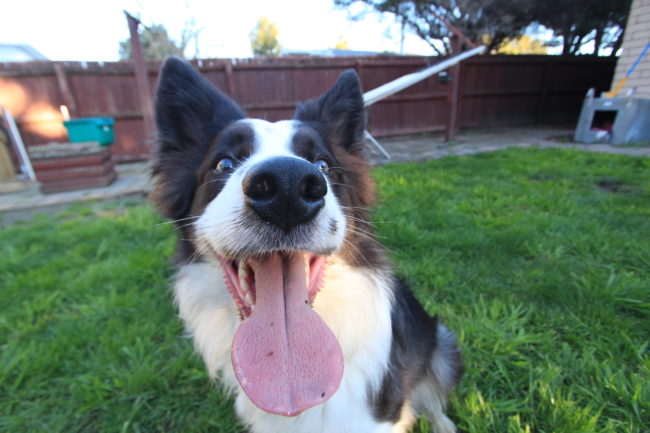When a dog owner claims their pooch can smell a bit, they really have no idea. Everyone knows that the average doggo can catch the subtlest of whiffs. But some of the useful odours that dogs can detect are astonishing.
For hundreds of years, dogs have been employed for their ability to out-sniff even the most sensitive of electronic sensors in detecting food, drugs, and explosives. Admittedly, these all have characteristic odours that even humans can detect up close.
Then we realised that dogs can detect subtler scents such as cancer, pregnancy, and low blood sugar — to the point where scientists believed that dogs may only be reacting to behavioural changes. But no, further testing shows that the snoot really is the source of these abilities[1].
The following three scents are astonishing and useful things that dogs can smell that humans can’t.
Electronics
Electronic devices can contain sensitive and illegal material, but if you’ve lost yours, you’d use your eyes to search for it rather than sniffing around. Crime scene investigators take the same approach, but sometimes it takes a dog to complete the job and find hidden hardware such as DVDs, cellphones, and USB drives. Forensic research in 2017 found that many storage devices share volatile compounds which give them a characteristic smell — albeit one too faint for us to detect[2].
COVID-19
The news that the world’s Rovers can smell ‘the ‘Rona’ has spread around the globe, adding another weapon to our arsenal against the world-crippling disease. Dogs can quickly and cheaply screen large numbers of people, with over 95% accuracy in a real-life setting[3]. Additionally, unlike PCR tests and lateral flows, dogs can detect COVID-19 from skin swabs.
Stress
Dogs are well-known to be attuned to the emotions of their masters, but until recently we didn’t have evidence that smell was involved. Research published in September 2022 showed that dogs can distinguish samples of sweat and breath from stressed people (they just did a maths problem —apparently that is enough) from samples from the same people before they were stressed[4].
As far as body parts go, the canine schnoz is an over-achiever. We are still discovering new things that dogs can sniff out, expanding the already impressive array of tasks they can perform for humans.
[1] https://www.ncbi.nlm.nih.gov/pmc/articles/PMC8388720/
[2] https://doi.org/10.1111/1556-4029.13472
[3] https://gh.bmj.com/content/7/5/e008024, https://pubmed.ncbi.nlm.nih.gov/35316576/
[4] https://journals.plos.org/plosone/article?id=10.1371/journal.pone.0274143
Edited by Hazel Imrie
Copy-edited by Rachel Shannon

